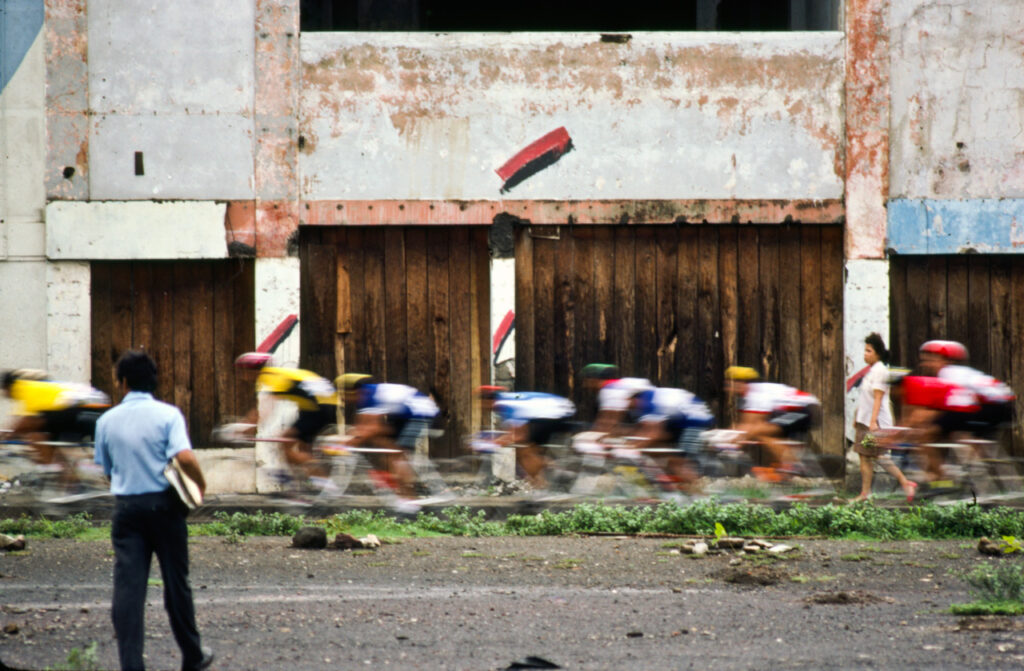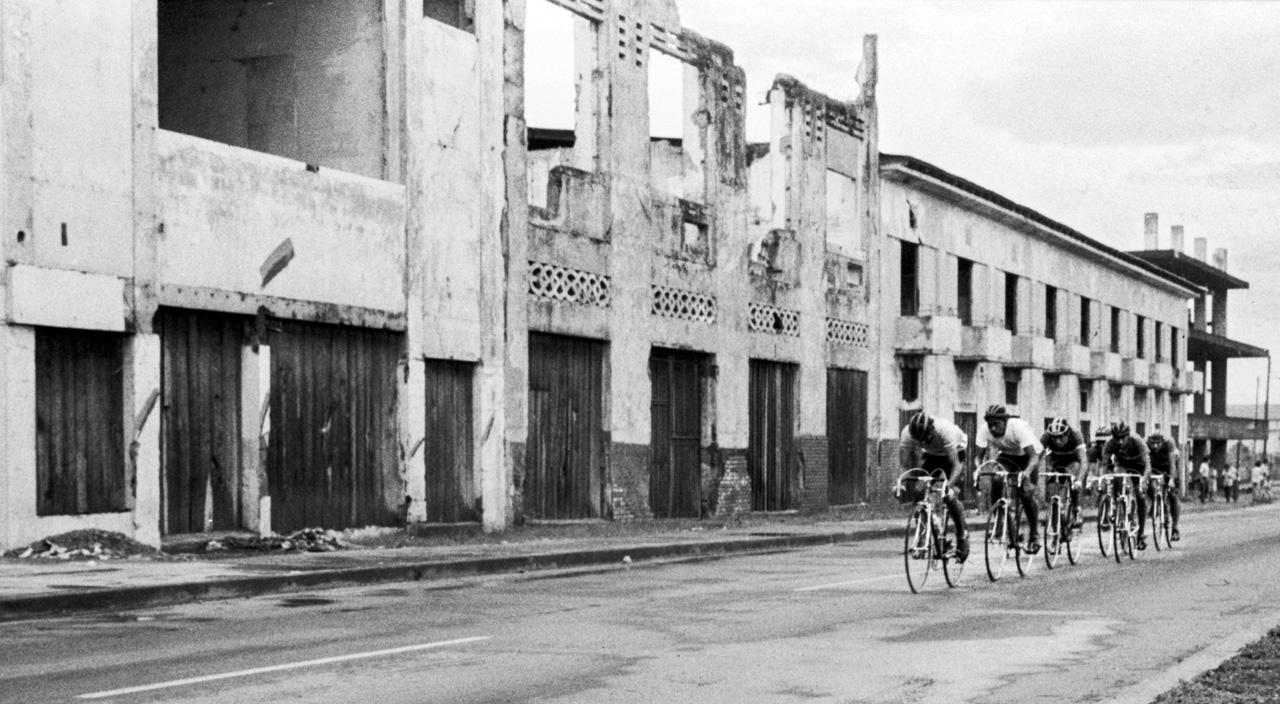Managua, Nicaragua – 1987
Scanned from Kodak Tri-X negative film
In the early 1980s, US President Ronald Reagan seemed determined to deny the Nicaraguan people the right to self-determination. He authorised Oliver North to organise a band of misfits called the Contras and attempt to oust the popular Sandinista government from power.
On the other hand I felt that the Sandinista-led people’s revolution which overthrew the oppressive regime of Anastasio Somoza was glorious and helped provide hope for the downtrodden and I couldn’t wait to be a part of it. The Sandinista government offered me a contract in 1985-86 to work on a joint project with the National Tourism Institute and the National Parks Service. The country was literally at war with the United States and yet that didn’t stop the Sandinistas from hiring an American.
I lived in Managua which was really a shell of a city having been devastated in 1972 by an earthquake and then suffered great destruction during the civil war of the late 1970s and then further deteriorated during the US trade embargo. By the mid-1980s the country had to divert funds which could have been used for infrastructure rebuilding to their war fund to keep the Contras in the jungle.
Life was hard in those years in Nicaragua as the war and embargo took their toll. The supermarkets were almost always bare and I could rarely find any food except for some eggs from a neighbour. Every now and then I’d notice a flurry of activity at one of the supermarkets so I would hurry in to see what was available. The Soviet bloc countries fed Nicaragua in those days and you’d know when a supply ship arrived.
I remember one day going into a supermarket and seeing how all of the shelves were finally fully stocked. Finally, some food! But they were stocked with just one single product – huge 4 litre tins of Bulgarian canned peas. Shelf after shelf after shelf of canned peas and nothing else. It was great to see the supermarket shelves finally stocked. As I couldn’t find food that I could eat at home, I would always go out to eat since restaurant owners seemed to know where to find food. I pretty much lived on a liquid diet of the Nicaraguan pride and joy, Flor de Caña rum, in those days.
I have lived in many places in my life, but none of those places have had the impact on me that Nicaragua has. It was a pivotal time in Central American history and it was fascinating to be a part of it. But the real impact was from living with the Nicaraguan people. The Nicas I worked and lived with had suffered enormously for decades yet I have never met a gentler and humbler and more resilient nation of people. Perhaps hardships create a stronger individual. Nor have I met another people with such quick wit and humour. Despite the hardships the Nicas were always quick with a joke or quick to strike up a salsa dance. I don’t think I have ever laughed as hard as I did when I was with my Nica friends.
Sport seems to transcend all political and economic issues. In 1987 I returned to Nicaragua just in time for the first leg of the Vuelta de Nicaragua cycle race. I ventured away from the cheering crowds to a part of the circuit where they passed through what once was a thriving part of downtown Managua which was then reduced to rubble. I had a camera loaded with black and white film and another with Kodachrome and whereas I do like the Kodachromes I think the black and white gives a better perspective of the bleakness and devastation the city suffered.


